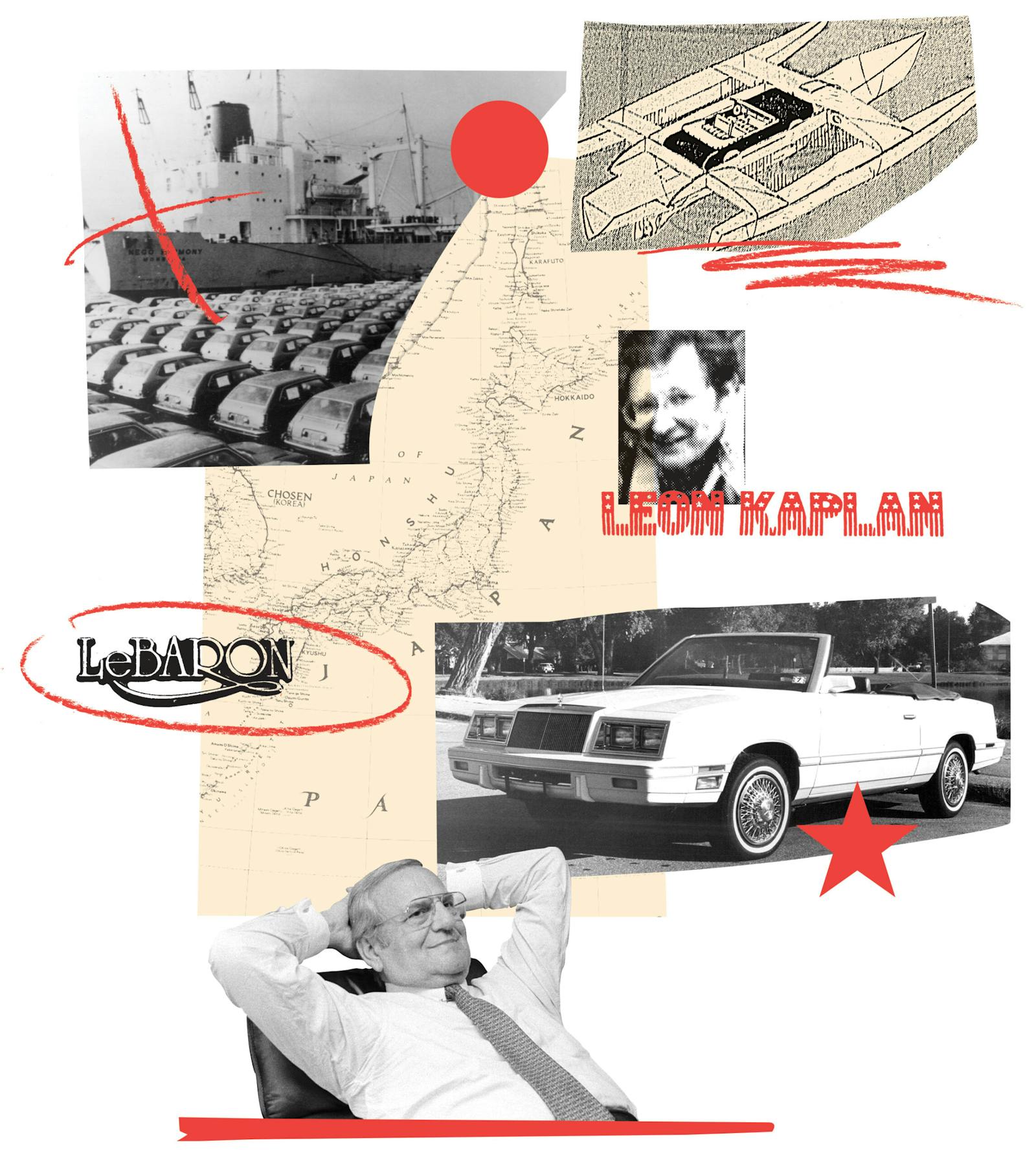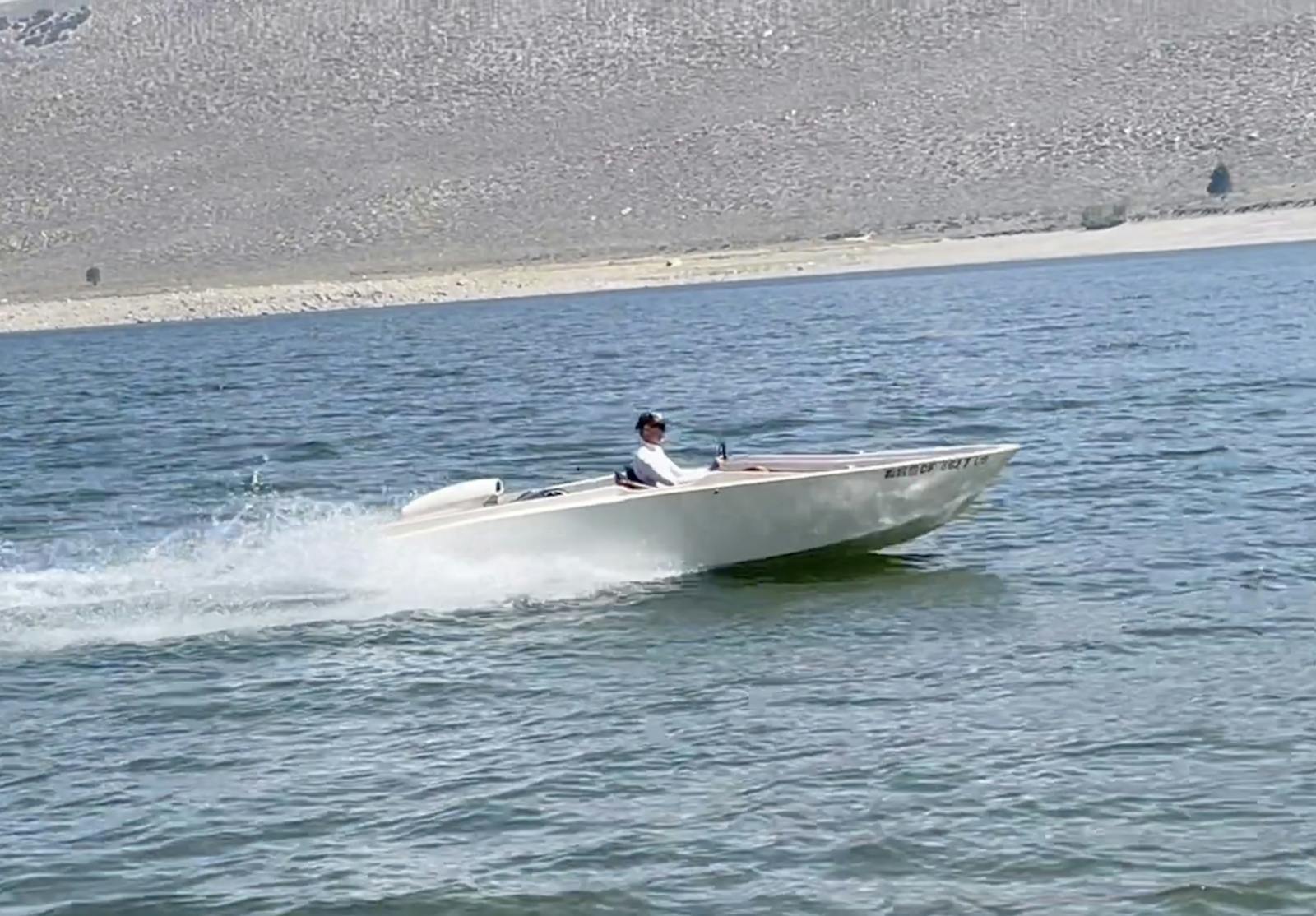Italy’s ‘Floating City’ and its boat-building tradition
Just as they have for over 1500 years, boats still power the Venetian economy. Whether transporting groceries, Murano’s gorgeous glass art, consumer goods or people, boats are required for transportation in Italy’s “Floating City.”
Venice’s gondolas are visually stunning, memorable and naturally associated with tourist travel here. But Venetian limousines are deluxe water taxis, typically reserved for private tours and weddings much like we’d rent an automotive limousine for special occasions.
Cantiere Motonautico Serenella still designs and builds some of the most posh water limos in the world.
I was invited to tour Venice’s canals aboard one of these deluxe wooden limos. The helmsman’s steering station and power controls are in an open forward cockpit, which is also the boarding area. At most, a simple canvas top can be snapped in place during a rainstorm for the helmsman’s protection. The cabin behind the cockpit is for the esteemed passengers. Luxurious and comfortable, the cabin is even equipped with a small toilet, albeit a public one (it’s under a seat and offers no privacy from the other passengers).
This layout is reminiscent of 26-foot Chris-Craft yacht tenders that were first offered in 1927. They were upgraded with an enclosure built on stock 26-foot runabouts and offered engines that allowed 30-40 mph speeds. Those Chris-Craft models and Cantiere Serenella’s limo compared favorably to the styling and layout of coach-built Rolls-Royce limousines.
Much like a deluxe coupe’s buttery wood appliques, highly figured veneered wood decorates the Serenella’s interior. Different varieties of wood are used throughout, giving the interior a varied texture. These pieces are backed by plywood or solid timber similar to the finishes on modern mega yachts.
Volvo-Penta inboard/outboard units power modern Cantiere Serenellas, not Mercury Marine engines. I was led to believe that diesel fuel was often cheaper in Venice than gas, so the Volvo diesel package was more desirable than Mercury Marine’s options. Straight-shaft inboards were absent during my visit. And the models varied between single- or twin-engines, depending on overall length.
Canal cruising is mostly “no wake.” Although comfortable in the low-speed, enclosed luxury cabin, I felt too isolated from the water itself; too removed from what I most enjoy: the thrill of the ride.
Nonetheless, there was still a gem awaiting me. Here I discovered the only boat builder (out of more than 40 that I’ve visited during my career) that prepares its wood in much the same manner as Chris-Craft did back in the ‘30s, when it was the top builder of wooden boats worldwide. Both manufacturers “seasoned” their own wood for lower water content. Wood from freshly cut trees is often too wet to use and seasoning drops woods’ water content from about 20 percent down to 7 percent. However, if dried too quickly in a kiln, wood can reabsorb ambient moisture.
In the U.S., most such fresh cut wood is kiln dried: oven-baked to reduce the water content. Chris-Craft’s former method and Cantiere Serenella’s current practice use open air drying, with the thick planks stacked level and small sticks separating each board so that air circulates evenly. Although air-drying takes longer, some believe the resultant seasoned wood is more stable than kiln dried. And just as Venice still depends on boats, Cantiere Motonautico Serenella is truly special because it relies on techniques that are so rare today.


